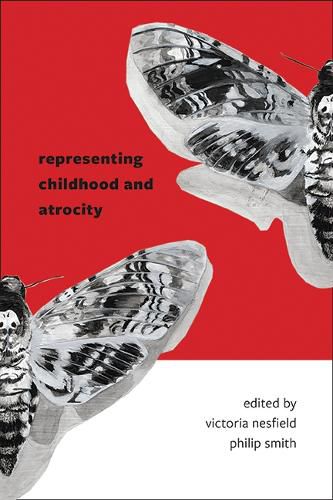Readings Newsletter
Become a Readings Member to make your shopping experience even easier.
Sign in or sign up for free!
You’re not far away from qualifying for FREE standard shipping within Australia
You’ve qualified for FREE standard shipping within Australia
The cart is loading…






Atrocity presents a problem to the writer of children’s literature. To represent events of such terrible magnitude and impersonal will as the Holocaust, the transatlantic slave trade, or the Rwandan genocide such that they fit into a three-act structure with a comprehensible moral and a happy ending is to do a disservice to the victims. Yet to confront children with the fact of widescale violence without resolution is to confront them with realties that may be emotionally disturbing and even damaging. Despite these challenges, however, there exists a considerable body of work for and about children that addresses atrocity. To examine the ways in which writers and artists have attempted to address children’s experience of atrocity, this collection brings together original essays by an international group of scholars working in the fields of child studies, children’s literature, comics studies, education, English literature, and Holocaust, genocide, and memory studies. It covers a broad geographical range and includes works by established authors and emerging voices.
$9.00 standard shipping within Australia
FREE standard shipping within Australia for orders over $100.00
Express & International shipping calculated at checkout
Atrocity presents a problem to the writer of children’s literature. To represent events of such terrible magnitude and impersonal will as the Holocaust, the transatlantic slave trade, or the Rwandan genocide such that they fit into a three-act structure with a comprehensible moral and a happy ending is to do a disservice to the victims. Yet to confront children with the fact of widescale violence without resolution is to confront them with realties that may be emotionally disturbing and even damaging. Despite these challenges, however, there exists a considerable body of work for and about children that addresses atrocity. To examine the ways in which writers and artists have attempted to address children’s experience of atrocity, this collection brings together original essays by an international group of scholars working in the fields of child studies, children’s literature, comics studies, education, English literature, and Holocaust, genocide, and memory studies. It covers a broad geographical range and includes works by established authors and emerging voices.